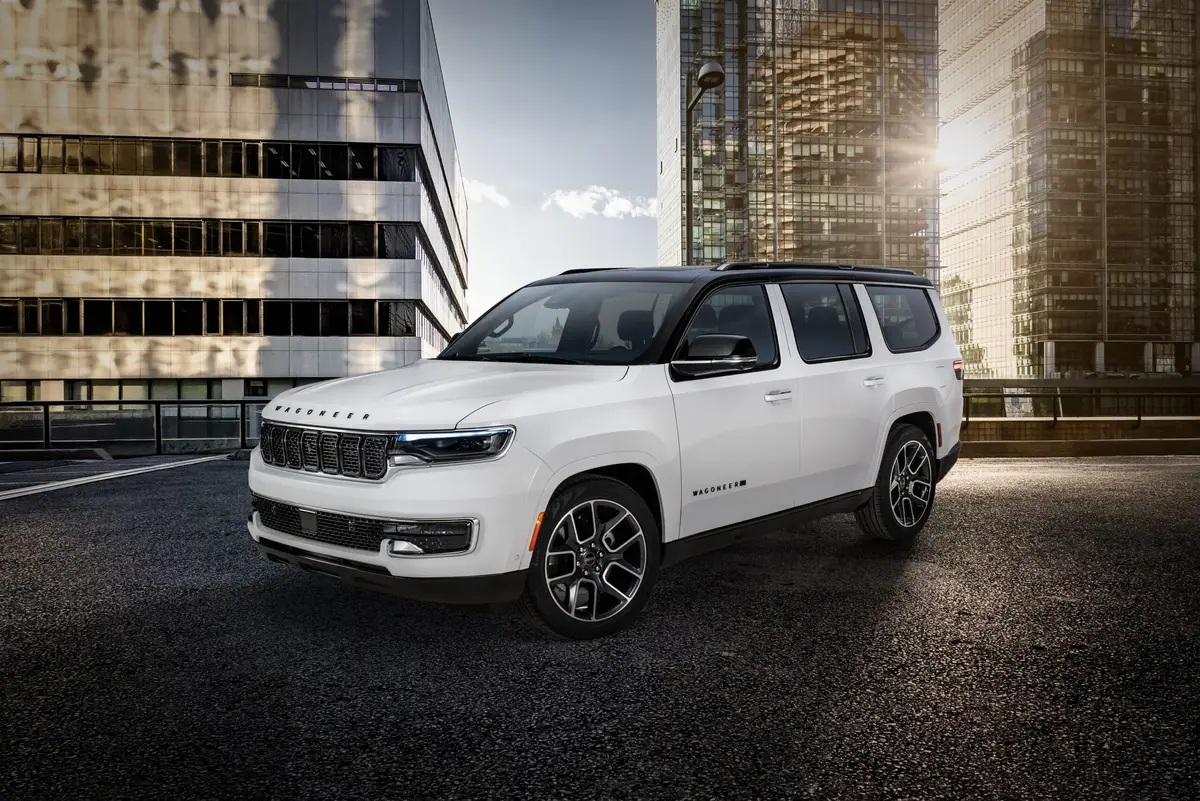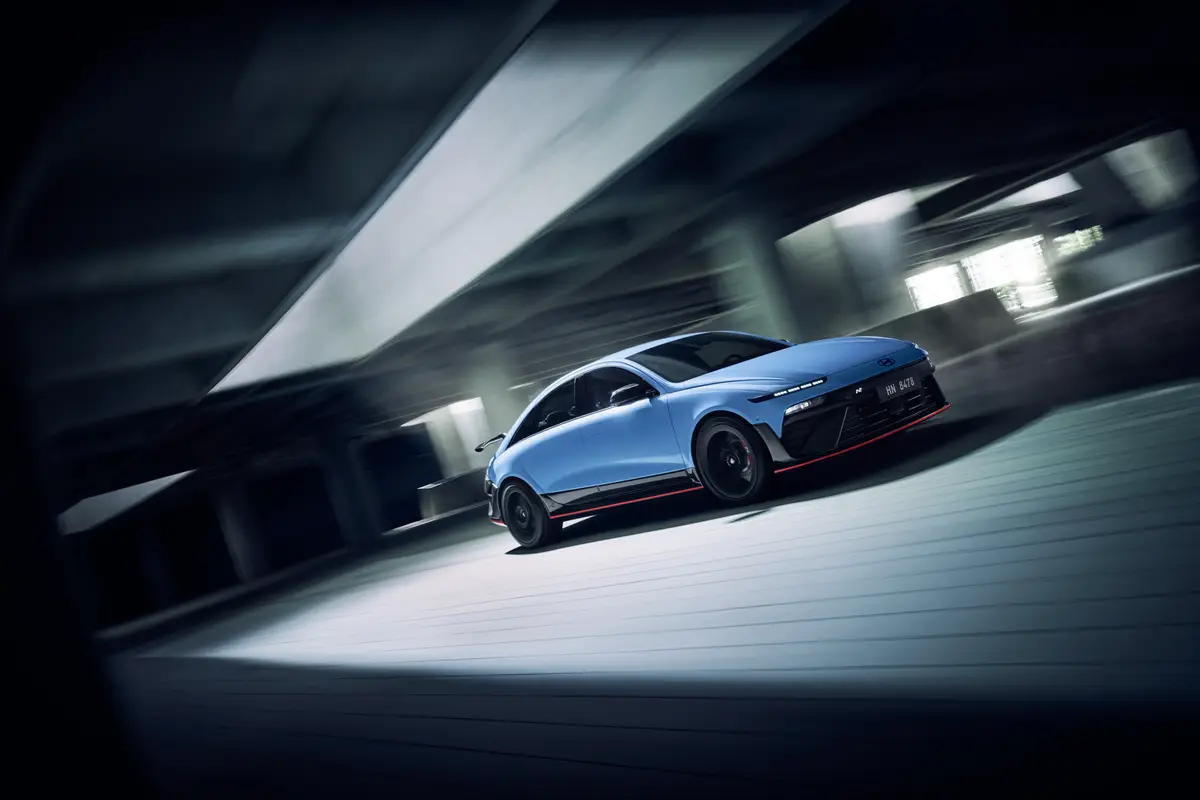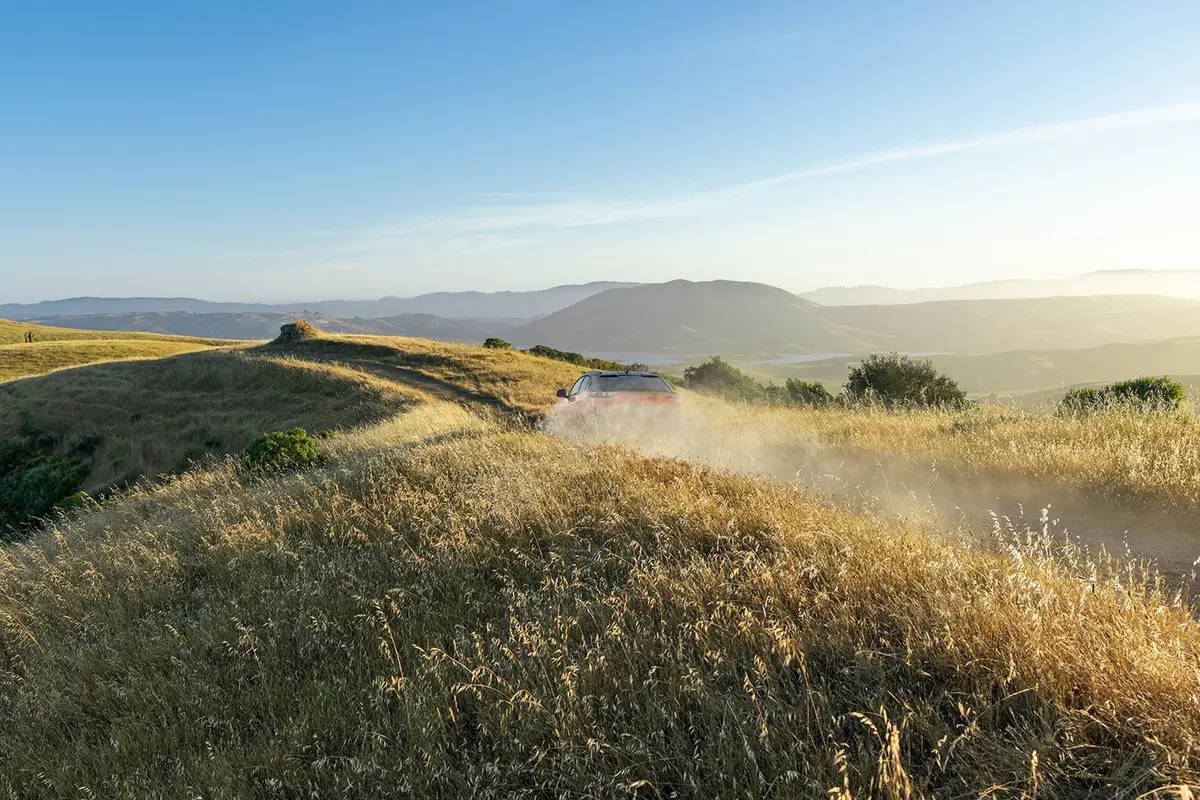Boston.com's view
There was a time when horses and snakes did not mix. How many times in old Westerns did we hear some old coot of a sidekick yell, “Watch out, pardner, there’s a rattler!” just before a horse nearly stepped on a snake and then, spooked, reared up and tossed the cowboy star into the dust where he was forced to shoot the varmint just inches from his own foot?
That, of course, was back when Ford engines were still being stuffed into big Ford cars, long before a 289 got squeezed into a Sunbeam Alpine or Carroll Shelby decided to drop a big Ford powerplant into a small British roadster and the Shelby Cobra was born. Now, snakes and pony cars and horses mingle just fine, thank you, in the 2001 SVT Mustang Cobra.
We’ve made this sort of a Pony Weekend, so we follow yesterday’s spin in the Bullitt Mustang with several days of driving the SVT Cobra. Driving was the word I used for it every time I came up with yet another excuse to take the Cobra out for a spin, and there were many of those. The phrase “Fooling around in a hot car” never once crossed these lips.
First, the comparison. The Bullitt, with quick torque and a desire to romp in third gear, seemed a leaner, more free-spirited pony. With its back-burble exhaust and quick lurches, it felt, if not as powerful, then more nimble. The Cobra, on the other hand, at 320 horsepower (55 more than the Bullitt), was far more muscular, holding its torque band well into high speed in a way the Bullitt did not. This is a pony that pulls like a workhorse.
The power comes from a 4.6-liter, DOHC, 32-valve V-8 engine. And unlike in 1999 when Ford was horrified to learn that the Cobra did not deliver the promised horsepower, this one is for real. Back then, Ford execs were chagrined to have to write that, according to a Cobra Web site, “A number of our valued 1999 SVT Mustang Cobra owners have expressed concerns regarding engine performance.”
Their concerns were that the car did not meet promises. Ford, to its credit, stepped up and offered, at no cost to buyers, a fix: remanufactured intake manifolds, a better-tuned exhaust, an upgrade of the chip that controls the engine. That Web site indicates most of those customers were happy with the fix. The 2001, offered after Ford virtually skipped a year of Cobras to permanently fix the problem, gets the Blue Oval off the line without that hesitation.
Key to the engine are those four extra valves per cylinder, giving greater airflow. Enhancing this flow is a port system that “tumbles” air into the cylinders, where turbulence helps create greater volatility, which leads to increased power (60 horses more than the GT, for instance).
Mated to a heavy-duty five-speed manual transmission, it anchors a strong, solid, and smooth drivetrain capable of sitting you back in your seat at takeoff and keeping you there right up to faster than is legal. Then it’s cruising time.
The ride is fittingly stiff. Watch the leading edge of the hood bounce rigidly on even the slightest seams in the highway. Feel the rear end hunker down. Sense, in a sharp corner, how amazingly upright the Cobra stays and how there is virtually no body roll. This in a convertible. It’s a ride that befits the muscularity of the car, a ride induced by a front suspension that included gas-charged struts with a spring on the lower arm, and a tuned stabilizer bar. In the rear, a rare Mustang treat offers multilink independent suspension with steel upper control arm and aluminum lower control arm, toe-control tie-rods at each wheel, gas-charged shocks, coil springs, and stabilizer bar.
The brakes are vented 13-inch discs up front and 11.65-inch discs in the rear. Aided by ABS, they bring the Cobra to straight, sudden stops. The stiff nose doesn’t dive. The tight rear doesn’t dip. And while you’re underway, the ABS helps the standard traction control system control slips and spins. So we’re rolling and stopping. How do we look and feel?
Even through decades of redesign, Ford has managed to maintain a distinct Mustang look, though the car is far rounder and sleeker than the first Mustangs. The nose still bears that dancing pony emblem, the sides still appear to be scooped out, the trunk ends abruptly.
Inside, leather trimmed buckets (6-way adjustable for the driver) have firm support along the legs and up the sides of the torso. They hold you firmly in tight corners – a must since the car will not roll to absorb the energy of a turn – yet let you settle down and in comfortably when cruising straight ahead. The rear seats are virtual buckets themselves with much the same support.
White-faced gauges give a retro feel even as green backlighting tells you this ain’t the ’60s anymore. Leather on the steering wheel and shift knob add to the class of the car, and power windows, mirrors, and door locks give you fingertip control of basic operations.
Considering that this is one thumping V-8, and that I did not drive it easy, almost ever, I was surprised to get 20.2 miles per gallon in nearly two weeks of driving.
The future of the pony car has been in doubt recently, and there are some concerns that both the Chevrolet Camaro and Pontiac Firebird will be put out to pasture.
If they go, that will leave the Mustang as the last pony standing. And if that is the case, the SVT Cobra, a muscular car for the civilized set, may well stand forever as the best of the breed.
Latest news



